Ryan Hall's Blog, page 146
July 27, 2017
5 Products Made With Eco-Friendly Runners In Mind
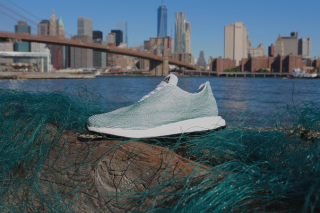
Photo: adidas.com
Sustainability is a hot topic and to reduce waste and our carbon footprint, many people are turning to more eco-friendly options when shopping. Runners don’t have to feel left out as companies have started to make apparel, shoes and gear from recycled materials in the quest to lessen the negative impact that production of these goods can often have on the environment.
If you are looking to become a more sustainable runner or have been on the hunt for new companies dedicated to sustainability, we have rounded up five products that can get you started.
RELATED: Is Running Good For The Planet? More Events Are Going Green
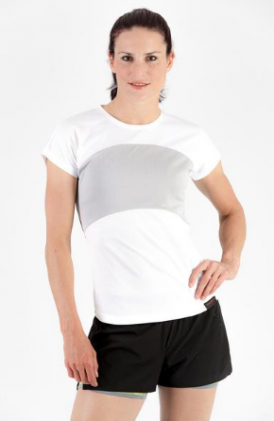
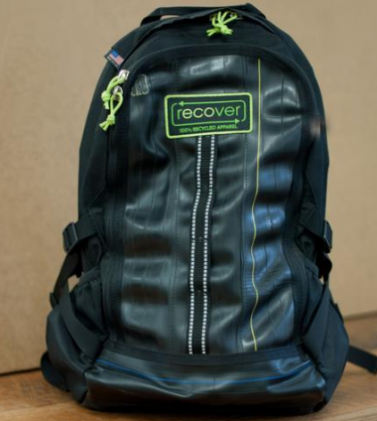
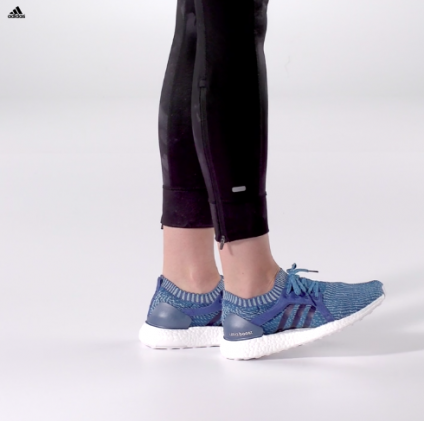
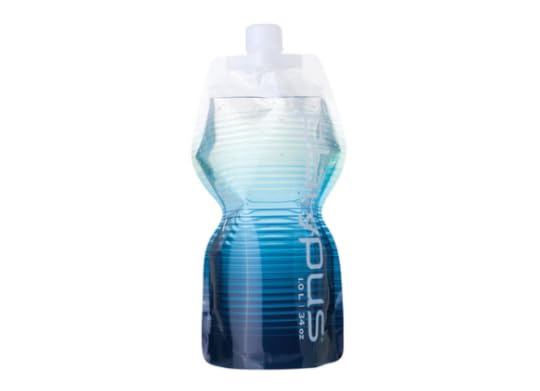
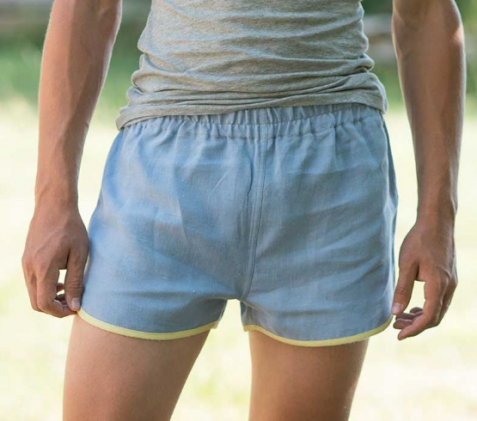
The post 5 Products Made With Eco-Friendly Runners In Mind appeared first on Competitor.com.
Why Leadville’s “Cutoff Queen” Has The Toughest Job In The Sport

Almost every sport has them, and their nicknames are often as gruesome as the news they deliver. The Cut Man. The Hatchet Man. The Turk. They are the ones who tell you when you’ve been cut from a team. “Coach wants to see you. Bring your playbook.”
Running is no exception. And at a grueling event like next month’s Leadville 100 Trail Race in Colorado, failing to meet time standards throughout the course will bring you face-to-face with Sandy Monahan—aka The Angel of Death … aka The Angel of Mercy … aka The Cutoff Queen—where she’s tasked with delivering some tough news.
It’s Monahan’s job to tell you your race is over and you’ve been cut. You didn’t meet the standards. You’re not going to finish. It’s unsafe for you to continue—whatever the case may be.
She’s seen from experience the detached and mechanical way some of her predecessors or those at other races handled the athletes. While crewing for her husband Mike during multiple Leadvilles, she watched athletes get cut in a manner she described as “distasteful.”
“People spend years to get into condition so they can do an event like that,” says Monahan, who will be doing cuts for (she believes) her 16th Leadville. “And for some people to be so thoughtless and not willing to be considerate of their feelings and not take into account the environment when calling the cut. That chaffed at me. That’s how it got started.”
Sure, she crushes dreams. But that doesn’t mean she can’t be pleasant about it. And she also understands what’s at stake. Leadville—The Race Across The Sky—pushes runners to an altitude between 9,200 and 12,600 feet through the Colorado Rockies. Her and Mike, who has logged more than 1,000 Leadville miles, work together as a team. They have been around the sport long enough to know the tell-tale signs when someone needs to be pulled.
“Our need to cut people off is more based on safety issues,” says Monahan, 66. “These people are off in the middle of the woods. We have a legion of volunteers out there making sure people are safe. As the race progresses, it becomes even more important and serious to get runners off the course if they aren’t going to be successful.”
RELATED: “Moments at Elevation” Captures the Beautiful Challenges of the Leadville 100
And though she wields an iron fist, she does so with a gentle hand. She’ll give constant updates, often talking to a runner’s crew when she recognizes trouble. She’ll offer guidance, encouragement and some expertise. She’s climbed Mount Kilimanjaro and hiked the Inca Trail in Peru. She knows her stuff. And yes, hugs are always available as needed.
“I thought it should be done in a less brutal, more thoughtful, kinder, more sympathetic way instead of ‘Time. You’re out. Goodbye. See you later,’” she says. “I don’t just pull people. I try to triage.”
Many have tried to slip past her watchful eye. Others have offered bribes. “Someone offered me their American Express card one year, no questions asked,” she says. Once a spouse, after Monahan cut her husband, made fairly graphic death threats.
“Sandy’s empathy for the runners she must cut is so very evident and she has a way of making each person know that they dug deep, gave it their all and that each fulfilled their personal promise to commit, not quit,” says race director Marilee Maupin. “She knows exactly the grit, guts and determination it takes to finish.”
Of the monikers that stuck, the Cutoff Queen is the catchiest. It’s also the one she likes the least.
“I don’t feel like what I’m doing is a queen’s task,” she says. “I’ve been called the Angel of Death or the Angel of Mercy. I prefer either of those. I hope that no matter what, they see me as some sort of an angel.”
RELATED: Almost Any Runner Can Finish A 100-Mile Ultramarathon
The post Why Leadville’s “Cutoff Queen” Has The Toughest Job In The Sport appeared first on Competitor.com.
Ultrarunner Kilian Jornet On Peaking At The Right Time

It’s been a busy couple of months for one of the world’s premier ultrarunners. In May, Kilian Jornet, 29, reached the summit of Mount Everest without additional oxygen or fixed ropes. Unsatisfied with his performance the first time around because of a stomach bug, he did it again within a week. Two weeks later, it was the Spaniard’s first half marathon in his adopted home of Norway, followed by a victory at the end of June at the Mont Blanc Marathon in Chamonix, France. He recently took some time to swap emails about his double Everest ascent, how he prepares for a race and his thoughts on the growing trail running trend of Fastest Known Times (FKTs).
After reaching the summit of Mount Everest, what’s the first thing you do? How do you savor the moment?
You are not fully aware of what it means. I just stayed there for a short while trying to recover a bit from the climb and being focused as I knew I had to go down. Besides, it was very dark, so I couldn’t really see anything. I took a few pictures and videos but that’s it. I think it’s not until you’re down in camp that you realize what you did.
The second ascent wasn’t planned. How quick was the turnaround and what sort of mental preparation was needed to make the second climb?
When I was climbing the first time, I had a stomachache. I had to go very slowly. It was there when I decided I wanted to try again if I had good weather, just to test myself and see how I would do it without being sick, as I felt good in altitude.
From Mont Blanc to the Matterhorn to Denali, each mountain surely presents its own challenges. Is there one that stands out to you in terms of difficulty?
Every mountain has its own thing. It might be the altitude, the technical sections or even the weather. And sometimes all at once, so it’s difficult to choose.
RELATED: Watch Kilian Jornet Run and Ski the Seven Summits of Romsdalen
What was your preparation like in the days leading up to Everest?
For me what was more challenging was the acclimatizing to altitude. I trained with a hyperbaric chamber a few weeks before departing to the Himalayas, and then I headed to the Alps to spend some time in altitude. I was in another 8,000 meters, Cho Oyu, with my girlfriend, Emelie, so when I arrived to Everest I felt very good. This was my main goal for the expedition and I’m very pleased with the result. When I was in the base camp of Everest, my daily routine was one day of activity, one day resting, and I think this is how I got ready. Try to rest a lot and eat well the days before the challenge, even though it gave me a stomachache at the end.
Obviously there is a high degree of physical stress that goes with these types of ascents. But what about the mental stress?
I’ve trained a lot in this aspect for a while now. I’ve been competing for 15 years and have been going to the mountains since I was a kid, so the mental part has been key in my preparation. These past few years, what I’m trying to do is train for stressful moments where you need to make decisions quickly. By pushing myself to the limit—but in a controlled environment—it has allowed me to learn to master my mind, so when in complicated situations I can take the good decisions.
With FKTs becoming more of a trend, do you feel like they enhance the sport? Or does it put more emphasis on the competition and less on the experience?
For me speed records are to be broken, and it’s exciting to see how people are trying to improve and try to beat these records. I also think though that you need to do this for fun, to get better and to overcome your limits. When it stops being fun or challenging, I think it’s not worth it.
RELATED: Kilian Jornet Wins Hardrock 100 After Dislocating His Shoulder
The post Ultrarunner Kilian Jornet On Peaking At The Right Time appeared first on Competitor.com.
4 Reasons Runners Should Volunteer At A Race

There is no doubt that you’ve participated in races this year. But how many times have you thanked the volunteers at those races? Hopefully every time you see one! Volunteers are an integral part of making races a pleasant experience for participants. That is why it is so important that all runners take the time to be a race volunteer as well.
Here are several reasons to volunteer at a local race.
You stay connected to running.
Recovering from an injury or a previous race? Volunteering at a race keeps you connected to the sport you love without having to run. Races are always bursting with energy and excitement, which will easily carry over to you, keeping you motivated for your next big day.
You meet other runners in your area.
We’re always trying to make new running friends. Volunteering at a race gives you a bit more freedom to meet new runners from your area without having to worry about pre-race jitters. Most likely, some of those volunteers also belong to a running group, so it’s a nice “in” if you’ve been wanting to join one. If you already belong to one, it’s a great way to invite new members into the fold.
Volunteer perks.
Not that this should be your main motivator, but lots of races give out free shirts, medals, and other swag to their volunteers because they know what an integral part of the race day experience they are. Sometimes races even offer discounted or free entry to their event the following year!
You’re doing good for the running community.
Perhaps one of the most beneficial reasons to volunteer at a race is the good you’re doing for the running community. You should also feel pretty darn pleased with yourself after accepting the numerous thank-you’s you’re bound to receive.
RELATED: Find Meaning in Running by Fundraising for Charity
The post 4 Reasons Runners Should Volunteer At A Race appeared first on Competitor.com.
Summer 2017 Road Shoe Review
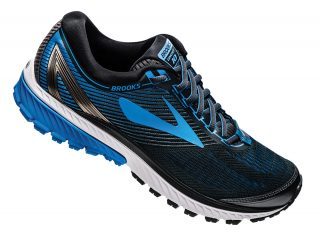
The prevalence of new technical uppers—with 3-D printing, engineered mesh, stretchy webbing, “FitKnit” and fl at knit—is an emerging trend and a common denominator for the road shoe market. Many companies have also toned down colors for the second half of 2017, perhaps to target the millennial market, to have street-style appeal or to blend in for non-running activities.
Note: Weights listed are based on a men’s size 9.
RELATED: Summer 2017 Trail Running Shoe Review
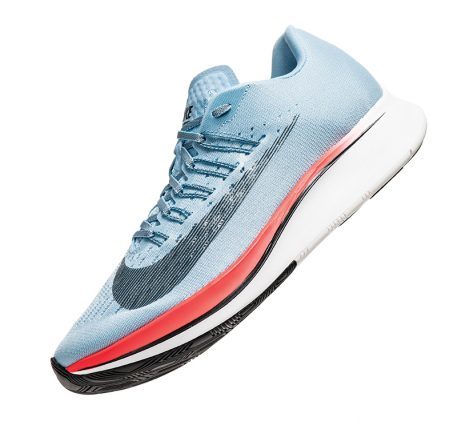
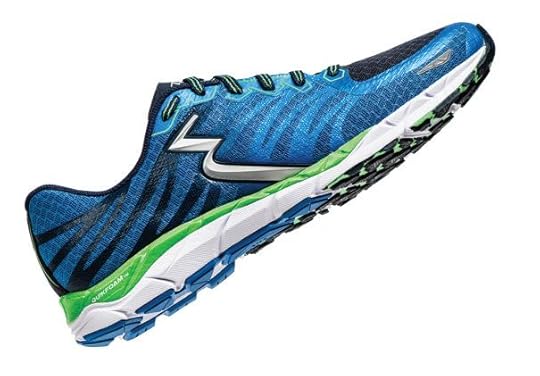
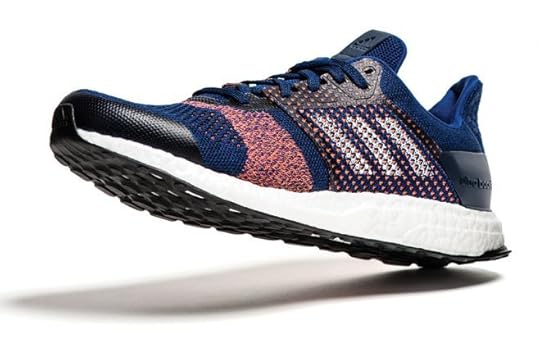
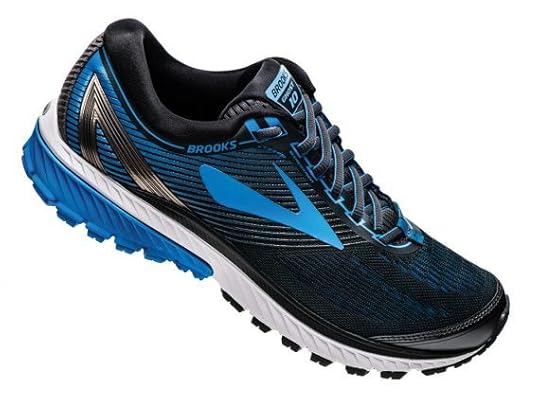

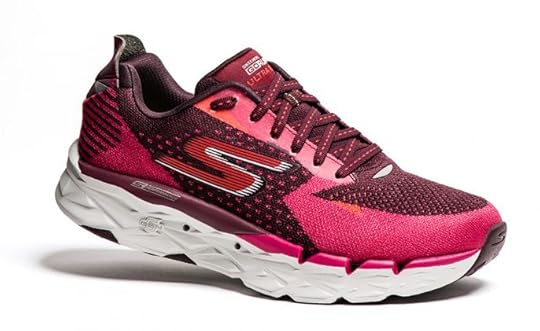
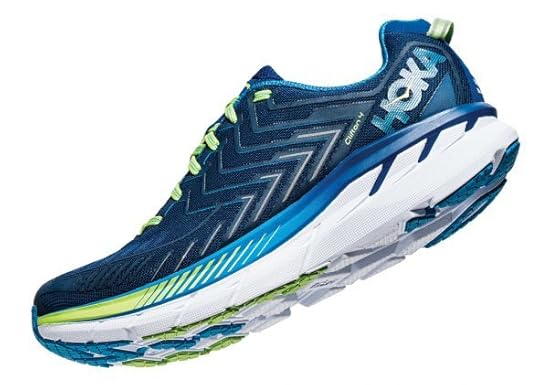
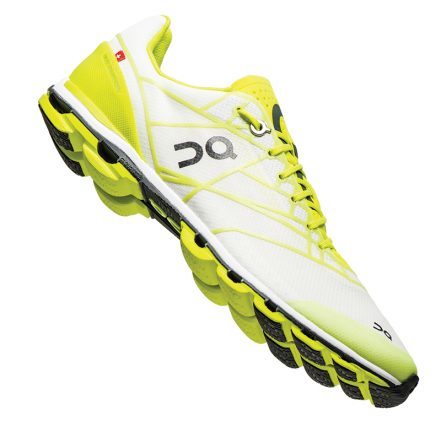
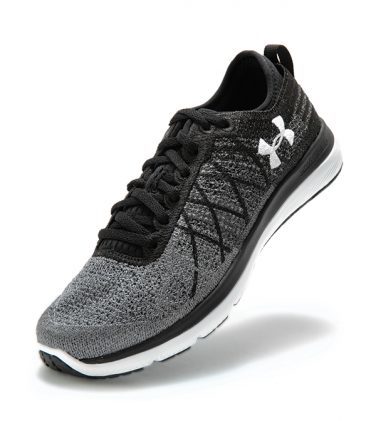
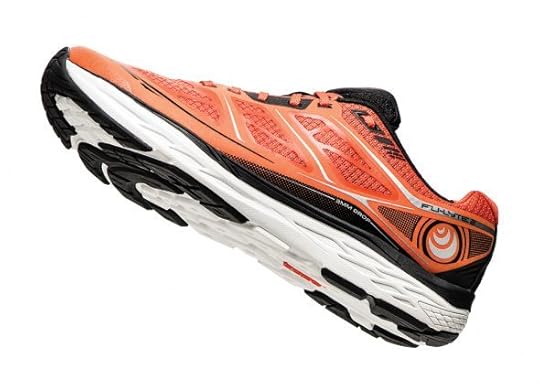
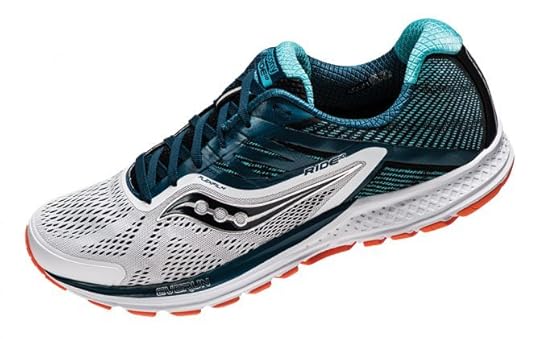
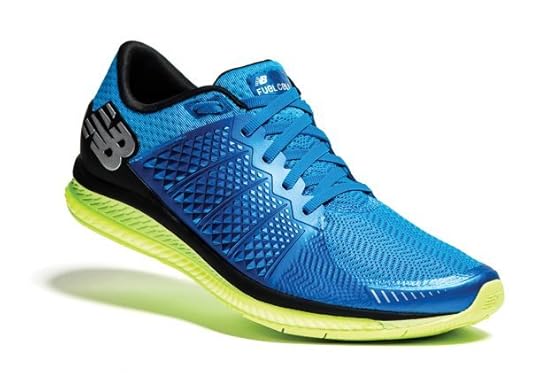
The post Summer 2017 Road Shoe Review appeared first on Competitor.com.
July 25, 2017
Cherry Mojito Popsicles Make The Perfect Cooldown Fuel

A raft of research trumpets the antioxidants in tart cherries for improving exercise recovery, mainly by limiting inflammation and muscle damage in the body. These cocktail-inspired popsicles are a refreshing way to work both recovery-boosting tart cherry juice and protein-laced Greek yogurt into your post-workout routine. They are also a great treat for kids after a sports practice. On the flip side, if you want to make these slightly boozy, mix a couple tablespoons of rum into the cherry mixture.
Cherry Mojito Popsicles Recipe
Freezer-Friendly, Gluten-free, Paleo-friendly, Vegan or Vegetarian
Servings: 6
Active Time: 15 min.
Ingredients:
1¼ cups plain Greek yogurt
2 tablespoons honey
Zest of 1 lime
1¼ cups tart cherry juice
Juice of 1 lime
1/3 cup finely chopped fresh mint leaves
Directions:
Stir together yogurt, honey, and lime zest. In a separate bowl, stir together cherry juice, lime juice, and mint.
Spoon two alternate layers of yogurt and cherry mixture into each popsicle mold. Insert popsicle sticks into the molds and freeze until solid, about 6 hours.
To unmold the popsicles, run the mold under warm water for a few seconds, being careful not to thaw the pops. Store in the freezer for up to 2 months.
Note: You can also use tart cherry concentrate for this recipe. Simply combine 3 tablespoons of the syrupy concentrate with 1¼ cups water.
RELATED: 3 Simple Smoothie Recipes To Fuel Your Run And Recovery
About This Book
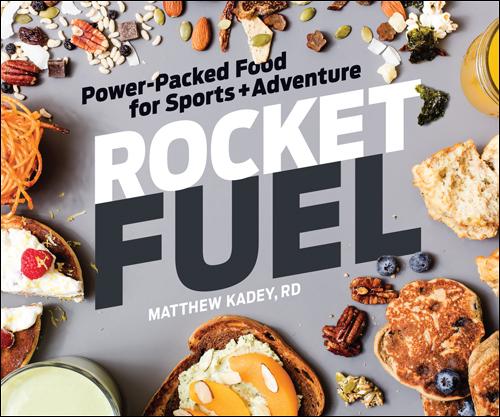
Rocket Fuel
Power-Packed Food for Sports and Adventure
Matt Kadey, RD
James Beard Award-winner Matt Kadey, RD, offers up innovative, delicious, and convenient real-food recipes to power everyday exercise and weekend adventures.
The post Cherry Mojito Popsicles Make The Perfect Cooldown Fuel appeared first on Competitor.com.
Alysia Montaño Shares Her Top Stroller Running Tips

Alysia Montaño at the Stroller Roller 5K in San Francisco.
Alysia Montaño isn’t just an Olympian and a six-time USA Outdoor champion in the 800 meters. The speedy elite athlete also happens to be a stroller running expert. Montaño, already the mom of almost 3-year-old Linnea, is expecting her second child in November. Stroller running has been a staple in training that allows her to bond with her daughter and maintain fitness during her pregnancy.
This past Sunday, Montaño, with the help of BOB strollers, led a group of runners through the Stroller Roller 5K in San Francisco. Using the new BOB Revolution Flex Lunar stroller, she raced through the hills of the city with her #BOBTeamSF group. Along the way, Montaño shared training tips and the importance of exercising with your children.
“This is just a way of having people recognize how deep the running community is, how important it is for parents to continue an active lifestyle to show their children that active lifestyle and how to include them in it,” she said.
To make the most out of your stroller runs, follow these expert tips from Montaño.
Forget about time
A stroller run is not the place to fret over pace. Pushing the weight of a stroller and a child is a huge full-body strength challenge. Start at a slower pace than you are accustomed to. Don’t be afraid to stop and walk if needed. Montaño modified many of her 5K interval workouts to include longer rest breaks once she started using her BOB stroller. The most important part of your run is just that you are out there moving with your child. Enjoy the experience together instead of obsessing over pace.
Be up for a challenge
Runners can do a lot more than just a slow recovery run with their stroller. Montaño posts workout challenges on both her Instagram page and YouTube channel to help inspire other runners. For her #BOBTeamSF group, she created various stroller-specific workouts including mile repeats, fartleks, hills, and a track workout. And if you want the ultimate challenge, sign up for a race that is stroller-friendly.
In addition to her challenges, Montaño and her husband Louis document their lives, including their stroller runs, on their channel The Montaño Life. She hopes to include strength training exercises runners can do with their entire family soon.
“He’s the magic behind the videos,” said Montaño. “I am the talent. I come up with the workouts and do the workouts and it’s family magic.”
RELATED: 6 Do’s and Dont’s For Running With a Stroller
Don’t forget about yourself
In the rush to get children prepared for stroller running with snacks and toys, parents often forget about their own needs. Montaño made it a point to remind her team to fuel themselves, as well as their children. “Because honestly you can’t be bonking when you’re trying to wrangle your kids and you’re running a 5K pushing a stroller,” she said. In addition to eating and drinking pre-run, be sure to pack snacks and water bottles in the stroller for both you and your little one.
Be flexible
Every parent knows how unpredictable a child’s mood can be. This certainly applies to stroller running. One moment they could be screaming with delight. Then the next second they are crying tears of frustration.
“The cool thing that I like to say is when they have their little meltdowns—when, not if—when they do, it’s also really interesting to think about where you are and going to where they are,” Montaño said. “When those meltdowns happen, that’s when you have to change it up like, ‘Okay we’re not doing 400 meter repeats anymore.’ ”
In addition to amending your workout, running parents can try involving kids in their workout, talking to them about their surroundings or offering up a snack. If nothing is making them happy, don’t feel bad about heading home and trying again tomorrow.
RELATED: 6 Time-Saving Tips For Busy Mother Runners
Have fun
Runners don’t have to be as rigid about their workouts when their children are in tow. Instead Montaño suggests involving them in an interval workout. Ask your child to pick a spot in the distance—a sign, tree, mailbox, etc.—and tell them you’ll run to it. Once you make it, take a short break before having them pick out a new target.
Above all, stroller running should be a time to laugh and bond with your children. It brings them into your running community and shows them the importance of being active.
“It brings it back to the essence of activity in general,” said Montaño. “Being active and healthful can and should be fun. And it brings us back to the basics of life, which is movement. It can harness and bring positivity and goodness and good endorphins. It’s about taking that on and passing it on to your kids.”
The post Alysia Montaño Shares Her Top Stroller Running Tips appeared first on Competitor.com.
What Happens When A Mid-Packer Runs In Nike’s Fastest Race Shoe
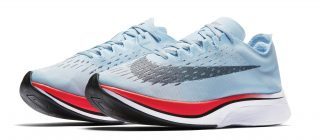
Nike Zoom Vaporfly 4%
This past spring, the exclusive Nike Zoom Vaporfly Elite was worn to run the fastest (unofficial) marathon ever recorded by Eilud Kipchoge in 2:00:25 as part of Nike’s Breaking2 project. It’s also the shoe worn by both the men’s and women’s 2017 Boston Marathon winners. Now, the Nike Zoom Vaporfly 4% ($250), a slightly modified version of the Vaporfly Elite, is available for purchase.
The Vaporfly is a heady mix of thickly stacked, super light ZoomX Pebax foam, a curving embedded 100 percent carbon fiber plate, topped off by a sleek minimal breathable upper. Screaming exotic race machine, is this marvel only for the best of the best or can it also shine for mid-pack runners? I’ve set out to discover the answer.
Since the Vaporfly was created for Nike’s Breaking2 attempt, it is engineered to be the lightest possible shoe with plenty of responsive cushion and dynamic propulsion. The goal for the design is to improve running economy by 4 percent. My pair of men’s size 8.5 weighed 6.56 ounces with a 10mm heel-to-toe drop (31mm heel/21mm forefoot stack). The upper is a single, super breathable layer of Flymesh with internal arch bands.
Unlike other race “flats” typically worn by elites in marathons and Nike’s own Zoom Streak 6, the ZoomX midsole makes the Vaporfly 4% one silky cushioned shoe with a claim of up to 85 percent energy return. It has a race shoe narrow rear platform, so wide, flat feet, heavy heel strikers and severe pronators may struggle to stay on the platform. To help tame the softer foam, a full length 100 percent carbon plate is embedded in the midsole, running not far under the sock liner at the heel and curving down so that the plate is just above the outsole rubber at the forefoot. This seems to have a similar function as that of a spike plate.
Due to the plate, the shoe feels stiff and according to Nike this is meant to provide a sensation of propulsion—the feeling of falling forward then a smooth toe-off. The sensation is a softly tempered one and is in no way harsh on the road. Except for very steep uphill running, I never would have known the shoe was as stiff as a board.
RELATED: 3 Fast Shoes Perfect For Middle Distance Runners
This is a shoe designed for marathoning, and while my first race in them was a downhill 10K, I was amazed by the cushion. All that 31mm of softer heel didn’t give a sinking feeling due to the plate. (Except at one point during a very steep downhill due, I think, to the pointy rear heel landing zone.) And I felt an effortless transition to toe-off with the 21mm forefoot—the forefoot cushion softening the push off but without losing much zip. My toes formed to the foam, making the shoe respond a bit slower than a conventional firmer race shoe. Yet, when downward forces met that stiff plate under the outsole I was instantly propelled up and away. Hence, a great shoe for Boston’s hilly course. No wonder it was worn by both 2017 Boston Marathon winners!
I received a pair of the Nike Zoom Vaporfly 4% the day after release and tested them at my faster tempo paces at 8:11 for 4 miles on a hot day at 6,800 feet. My effort on the tempo run and comparisons to other runs on the same roads indicates that, at least for me, the claim of a potential 4 percent improvement in running economy may be in the ballpark. Three days later, and a bit tired, I raced them in a downhill 10K race in Salt Lake City at 4,800 feet. I averaged 7:07 per mile and won my 60-64 age group in almost the same time as my finish five years ago and only a minute slower than eight years before when I was in superb shape and ran two 1:35 half marathons.
At $250, the Vaporfly 4% is among the most expensive of running shoes. Its design and price mirrors the trend in cycling and skiing where ever costlier, lighter, higher performance materials and new designs can provide distinct advantages to elites as well as recreational athletes. Faster runners may stay with more conventional race shoes for sub-marathon distances. When it comes to marathoning, finishers from the Breaking2 level to 4 hours should consider the Vaporfly as a very special race shoe. Mid-pack runners can certainly also appreciate its comfort and performance at sub-marathon distances.
RELATED: These Shoes Are Built To Collect Your Running Data
The post What Happens When A Mid-Packer Runs In Nike’s Fastest Race Shoe appeared first on Competitor.com.
How To Choose The Right Race Corral

It happens at every race. You start running and end up passing people going minutes per mile slower than you. Meanwhile someone else much faster sprints by. How did so many people at different paces get mixed together?
Corrals are supposed to sort runners into appropriate pace groups, especially at large races. They help to manage the flow of runners and guarantee that everyone moves forward at the same speed, without roadblocks. Often this requires runners to either estimate or provide proof of a previous finish time. Then either the race or the individual runner can choose what corral or pace group corresponds to their time.
“Be honest,” says Susan Paul, training program director for Track Shack in Orlando. “And you have to kind of hope that everyone else is honest too.”
Being honest means you should not try to start in a faster corral than the pace you plan to run. This includes positioning yourself within that corral. If you think you’re at the slower end, go to the back. For runners who plan to go faster, then stand to the front of the corral.
“If you’re not lined up in the corral you should be in, it can affect others,” says Madora Mak, an event manager for the Rock n’ Roll Marathon Series.
If you’ve raced recently, this can be a fairly simple process. You likely know approximately what finish time you should expect. If you have never raced before, then Mak recommends doing some long runs at race pace or even a shorter practice race, so you know what your predicted time is. For example, you might run a half marathon a month or so before your goal marathon.
Paul also agrees that a practice race is a good idea if your goal race requires proof of time to get into the corral you want—as many big races do. You can often change or update your corral in the days leading up to the race or at the expo.
RELATED: 3 Pacing Strategies To PR Your Next Race
That doesn’t mean you can’t run faster than you predict. If you’re going for a PR that’s much quicker than your previous or predicted times, then you will likely want to be near the front of your corral. Most corrals have a wide range of runners within them. Plus, if you have to start out slightly slower, it could actually lead to a better race.
“Think of the corral as setting yourself up for a negative split,” Paul says.
The danger on the road comes when people’s predictions are exceptionally far off. Some runners often practice poor race etiquette, such as running multiple people abreast, blocking the road for faster runners behind them or not being aware of other athletes. Just “respect others,” says Mak.
If you do want to run with a friend who’s slower than you, you almost always have the option of moving back a corral.
Race corrals help manage the flow on the road, but it can certainly seem complicated. At big races, you often have to arrive to your corral early. This can involve going through a checkpoint, so allow plenty of time. “Be prepared to maybe stand or sit in that corral for awhile,” Paul says.
Before heading to your corral, do a warm-up, use a port-a-potty and bring a water bottle and warm throwaway clothes. Be sure you know what corral your bib number assigns you to. Finally, let your spectators know when they can expect you to finish, based on your corral assignment, and where they can meet you. And then start running.
RELATED: 5 Lessons I Learned After My First Marathon
The post How To Choose The Right Race Corral appeared first on Competitor.com.
Why Fatigue Is A Necessary Part Of Training And How To Manage It

Training is like trying to walk a tightrope. You need to balance putting in workouts and mileage with the ability to let your body recover. Favor one aspect too heavily and you’ll either have a poor performance from lack of training or get injured and overtrain from doing too much. That’s why learning how to manage fatigue, and understanding the role it plays in endurance training, is critical to improving as a runner.
Why fatigue is necessary
The basis for all training theory is what we call the workout and recovery process. Running first breaks down your muscle fibers. The harder you run, the more muscle fibers you damage. Your body then works to rebuild these damaged muscle fibers, and if the recovery process goes well, these muscle fibers are repaired stronger than before. That’s how you become faster and stronger through training.
But, as you may realize, it’s nearly impossible to recover fully from a workout in 24 hours. It might be possible following a very easy day of running, but any type of speed, tempo or long run is going to require anywhere from 2 to 14 days to fully absorb and recover.
That means, unless you want only to run two or three times per week, training while fatigued is necessary —especially since slow, easy mileage is the foundation for running performance and the best way to build aerobic endurance. The trick is finding that balance between running enough miles to build your aerobic capacity without overdoing the fatigue. Herein lies the “art” of training.
However, there is also a way that we can utilize this fatigue to make your training more effective.
RELATED: Do This Sprint Workout To Build Up Leg Speed
How to utilize fatigue to run faster
In training vernacular, coaches use a term called “accumulated fatigue”. This theory posits that fatigue from one workout accumulates and transfers to the next run. You’re always starting a workout or a long run a little tired from your previous training.
This is important for longer distance races like the marathon because it’s nearly impossible to run the full distance of the race in daily training. Furthermore, if you were to start every workout fully recovered and fresh, it would be difficult to simulate how your body feels late into a race.
As such, we can strategically implement the theory of accumulated fatigue to better target the specific demands of your race.
For example, during marathon training, one of my favorite methods for introducing accumulated fatigue is to buttress the long run against a shorter, but steady paced run the day before. For example, you would run six miles at marathon pace on the Saturday before your Sunday long run. Because of the harder running on Saturday, you start Sunday’s long run not at zero miles, but rather at six or eight miles, since that is the level of fatigue and glycogen depletion your body is carrying over from the previous run.
How to find the right balance
Training would be much easier—and runners much happier—if you could just train hard and be fatigued all the time. But, you can’t simply continue to accumulate fatigue and constantly run these types of workouts (although some runners certainly do try). There needs to be a balance.
First, try to keep the specific accumulated fatigue workouts to once every two weeks. Only schedule them during the race-specific portion of your training schedule. This ensures that you don’t overdo it and that you will not get burnt out long-term.
Be sure to keep your easy runs slow. One of the most common mistakes runners make is running their easy day mileage too fast. This hinders your ability to recover and doesn’t provide any additional aerobic benefit. Research has shown that the most optimal aerobic pace for an easy run is about 65 percent of 5K pace. For a 20-minute 5K runner (6:25 pace for 5K – 7:20 pace marathoner), this would mean about 8:40 per mile on easy days.
Finally, don’t be afraid to take a down or rest week every five to six weeks. In these weeks, reduce mileage by 65 to 75 percent and reduce the intensity of workouts. Down weeks help you fully recover from and absorb previous weeks and months of training so that fatigue doesn’t build-up too much.
Hopefully, this lesson on fatigue and how you manage it will help you train more intelligently for your upcoming races.
RELATED: How To Start Running Again After A Short Time Off
Originally seen on runnersconnect.net
The post Why Fatigue Is A Necessary Part Of Training And How To Manage It appeared first on Competitor.com.
Ryan Hall's Blog
- Ryan Hall's profile
- 21 followers



